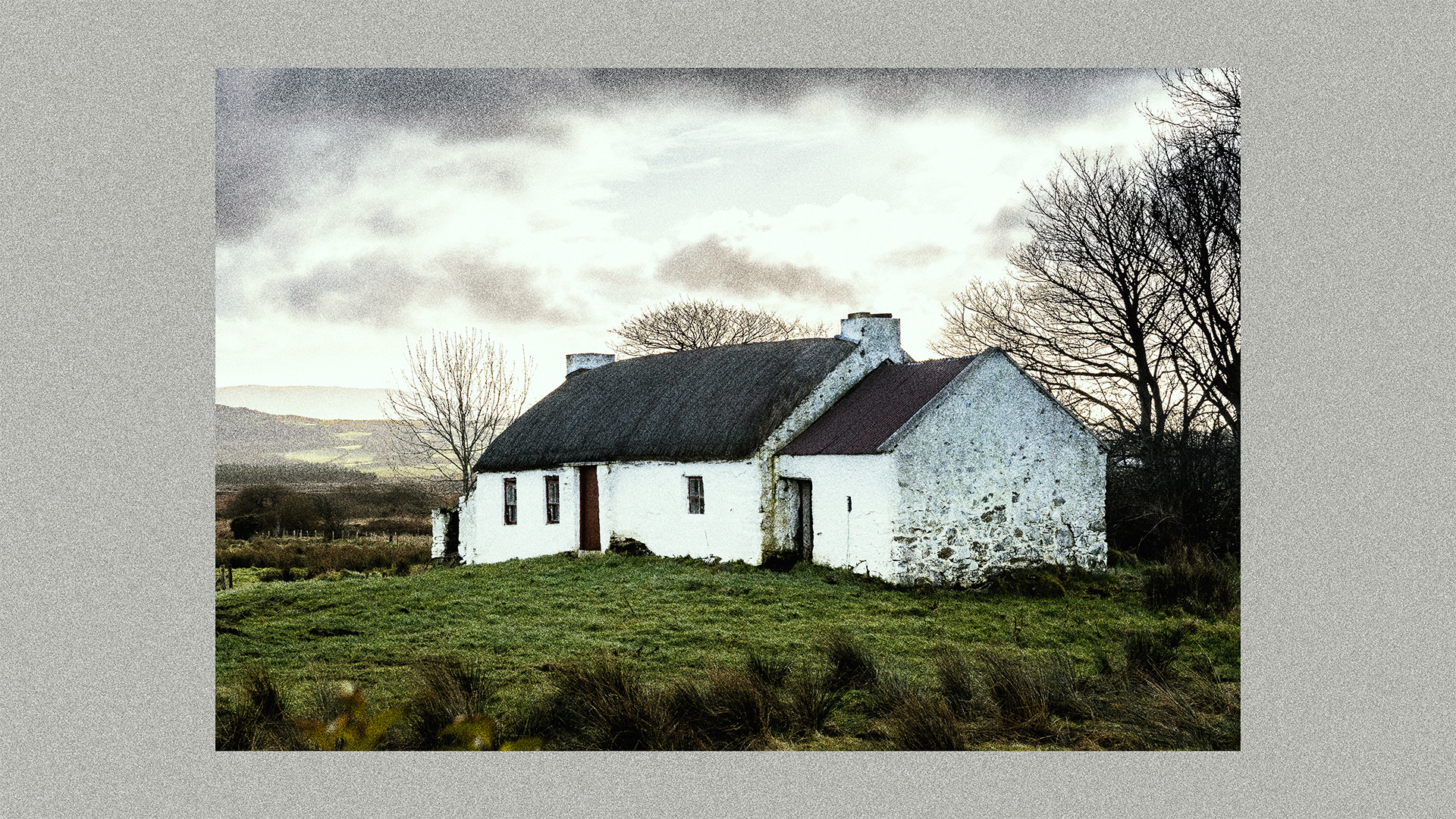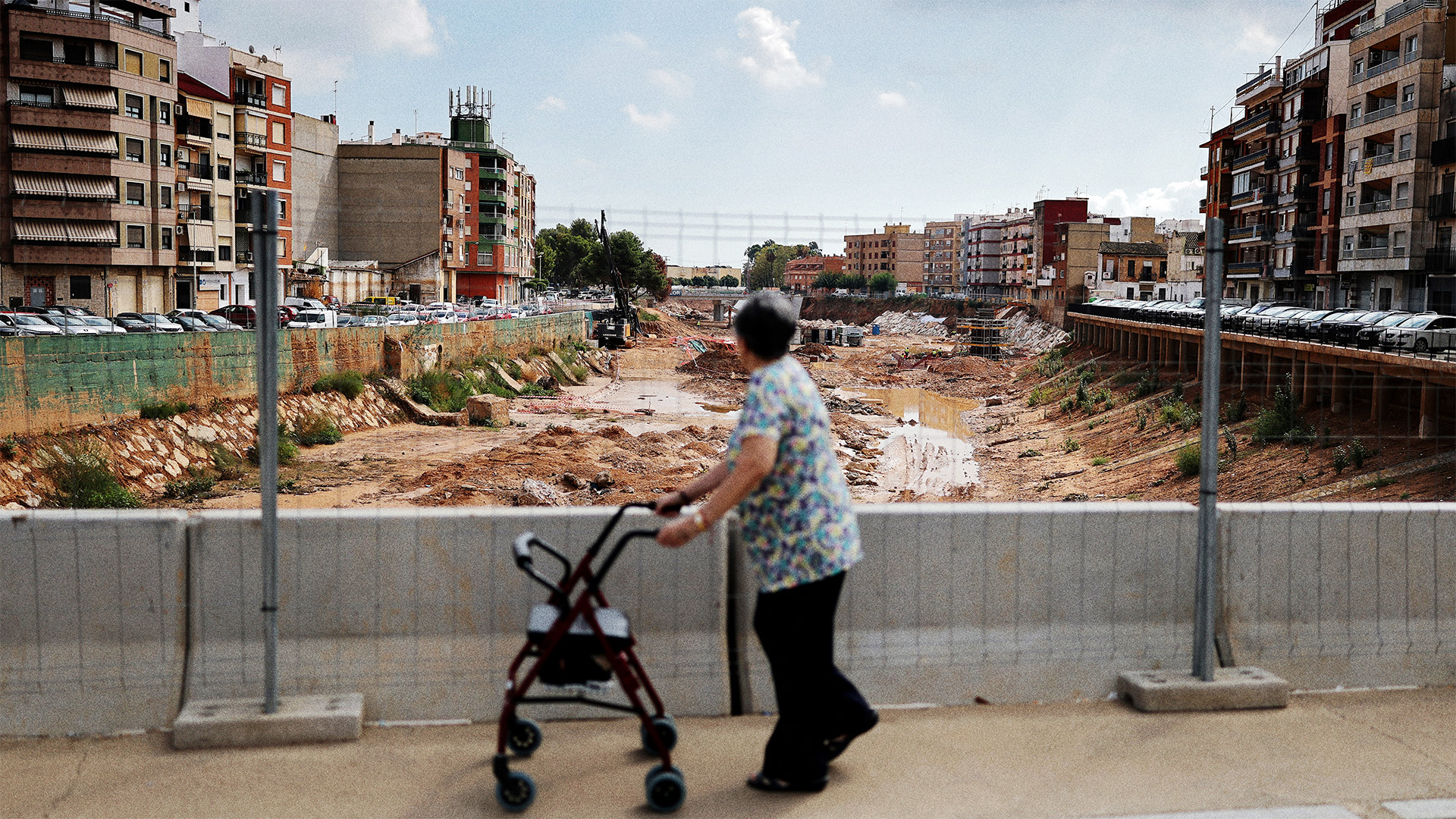Every house has a story to tell. Sometimes, a blue-plaque story of a single person; sometimes you can read a family’s triumph and disaster through the windows; just occasionally, even a modest home tells the story of a whole nation.
I think that happened to us, one day last summer, and it began with a hesitant knock on the front door.
There was Denise. She did not immediately introduce herself, but just ventured to ask if she might take a photograph of our little cottage. And then whether it was OK if her mum was in the picture.
Her mum, Maureen, 86 years old, was, as it turned out, part of the house’s story. More than 70 years ago, it had been her grandparents’ house. And before that, an uncertain number of additional generations of O’Sullivans.
Each summer, Maureen told us, she and her sister Breeda travelled down from Tralee. The girls flourished on the little farm, chasing sheep, minding chickens and generally getting the countryside caught in their hair.
The house in this time, just after a world war in which neutral Ireland had tried simply to get on with life, comprised two rooms on the ground floor and two above. (Since then, the two animal byres adjacent have been connected to the main building and turned into two more bedrooms and a bathroom.)
You would call it small today, but then it was smaller. Maureen’s grandparents brought up 11 children in their four rooms. And, of course, that was how it was then, as everyone tells me.
Furthermore, Maureen said, gazing around the living room at what was simultaneously familiar and foreign, this place had a special role in the straggling community it inhabited: it was a “rambling house”.
A rambling house was the name for an ordinary rural home where people somehow gravitated, frequently, for games of cards, gossip, cigarettes, tea and will-you-have-something-stronger. They were – and maybe here and there in the west, still are – places where you might have a dozen or a score of people crammed in, standing or sitting, smoking or joking and listening to the stories told by a turf fire.
And music, Maureen said, her blue eyes coming alive, always music.
Rambling houses were part of the bloodstream of west Irish rural life, but they played another role as well. They were station-stops on the transient existence of itinerant salesmen, of knife-sharpeners and pedlars.
Suggested Reading

Where to find your people in Ireland
Maureen couldn’t say what happened before her own grandparents’ time. O’Sullivan is one of the most common names in our area. Stories get conflated. But she did know the stories of the 11 children who grew up here, her “mammy”, aunts and uncles. And those are the stories of Ireland and its people in the 20th century.
There was John, named after his father and always called Sonny, who went off to fight for the British in 1914. He married a Protestant and that was the end of him, disowned by his family.
There were two sets of twins: the boys, Michael and Finán, who died within months of each other as infants; and the girls, Kit who died aged 25 of the quinsy, a complication of tonsillitis, and Julia.
Of the seven girls, three went to the US. Julia worked all her life in service to a woman she met within minutes of stepping off the boat in New York. Norah married an American, set up home, and sent parcels home to Kerry of used clothes that were distributed to relatives on Christmas Day.
Mary married an Italian-American in Boston who had, shall we say, well-connected friends, and was shot dead in their front garden, leaving her with seven children. Bridget and Hannah went to Britain and trained as nurses. Bridget married an Englishman and stayed. Hannah returned to Kerry and died in 1994, the last of the 11.
Nel, Denise’s grandmother, moved to Tralee, married a local man and had two children, of whom Maureen was one. She herself married a famous amateur bantamweight boxer called Denis Brassil and they had a butcher’s shop.
The house, then O’Sullivans’, now ours, remained home to just one of the 11, Uncle Pattie. He died in 1974, not long after he drove his donkey cart the 45 miles to Tralee to be Denise’s godfather.
It’s quieter now, the only rambling is done by roses, but in the evenings sometimes I hear the scrape of a fiddle, or see a glint of a ghost of lives past in the mirror on our rough walls.
We are all friends together.
Ben Fenton is author of To Be Fair: The Ultimate Guide to Fairness in the 21st Century



